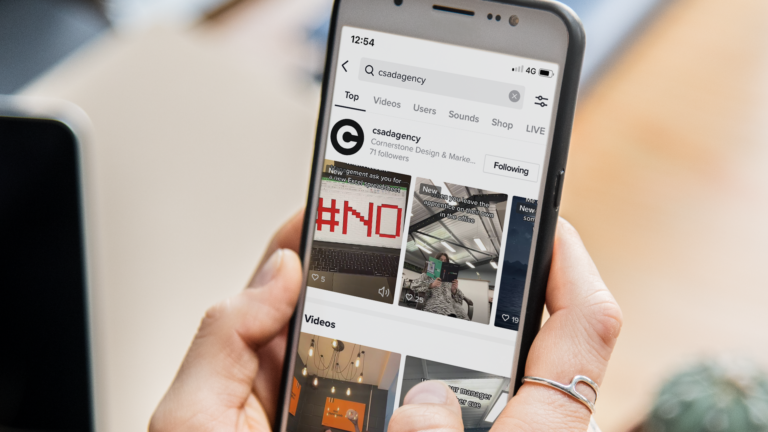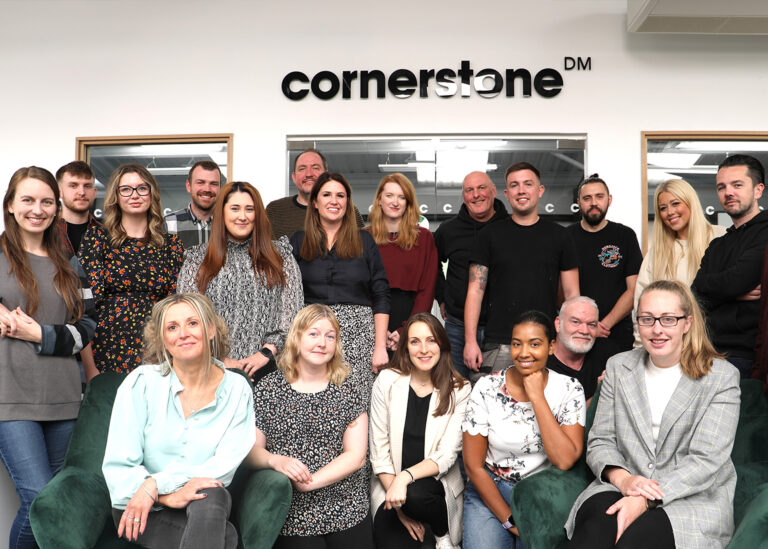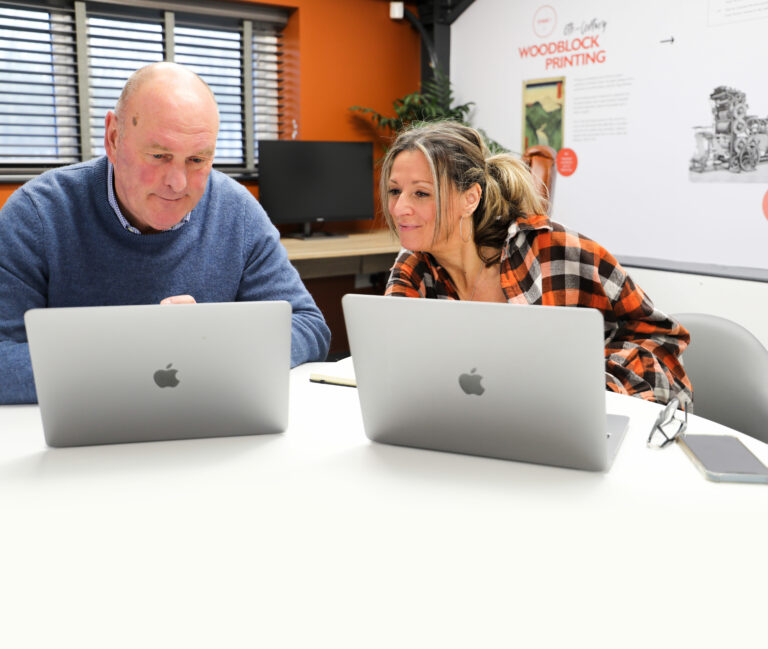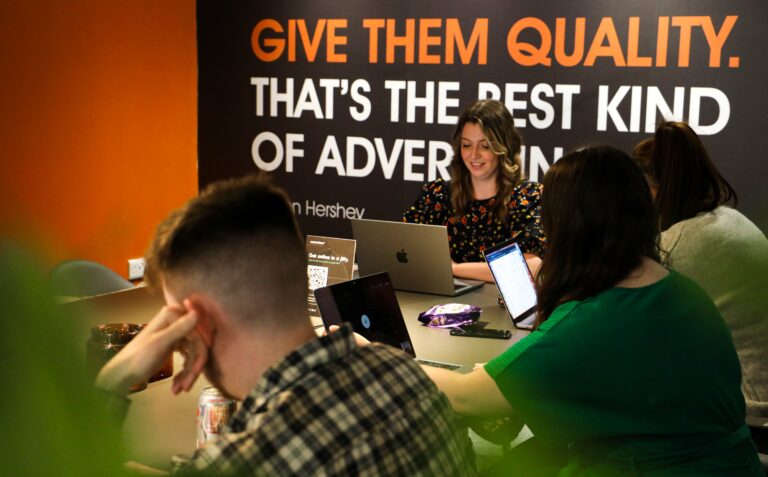Visual marketing isn’t just about making things look pretty.
In a world where online audiences are bombarded with more content than ever – can you believe over two million new blog posts are published every day? – coupled with evidence our attention spans are getting shorter, you need to seize the moment.

Words alone aren’t enough – images, video, GIFs, infographics, VR, in fact any kind of visual content is guaranteed to get more engagement because people respond better to visuals than just plain text.
Why?
- Because our brains prefer it and are able to process imagery up to 60,000 times faster than text which makes visuals easier and quicker to understand – around 65% of people are visual learners.
- Not only that but our brains and minds have been shaped by hand-held technology and that means we’re often scanning and scrolling on the move looking for something to grab our attention.
- We’re not saying simply adding an image will instantly catapult a marketing campaign. Neither are we endorsing replacing text with visuals. The clever bit is a marriage of the two.
- Visual marketing is about connecting brand and messaging to imagery, so it sticks around in the brain that little bit longer and ultimately prompts engagement and action.
The benefits of visual marketing
There’s no doubt the likes of Facebook and Instagram have fuelled the importance of visual marketing.
And the latest stats show it’s becoming more and more essential to invest in visual content to keep up with the crowd.
Around 49% of marketers rate visual marketing as ‘very important’ to their marketing strategy in 2021 and that between 51-80% of businesses will rely on it heavily this year.1
So, what rewards can you reap from visual marketing? The most obvious expectations are:
- Increased website traffic
- Increased SEO
- Greater brand awareness
- More shares on social media
And that’s because 80% of audiences are more likely to read content – and spend more time on web pages – if it’s accompanied by something visual.2
It’s also said to be 40 times more likely to be shared across social media than copy content alone and that means more exposure.2
Types of visual marketing content
A few other things to consider
We can all add videos and photographs to our social channels, most of us can easily upload imagery to accompany a blog – but is it that simple?
In short, no.
Visual marketing content needs to be precisely aligned to a brand or business and should be in tune with your marketing strategy.
In other words, content should reflect your brand identity and be both well-thought out and well designed.
Content should reflect your audience needs and requirements to ensure it’s useful and relevant – as tempting as those cat videos are, unless you’re a pet supplier or an animal shelter, leave them well alone.
All visual marketing content should be in tandem with the brand and tone of voice – don’t suddenly alarm the audience with social media memes if you’re a business which doesn’t align with light-hearted humour.
Ensure your content has a clear call-to-action by first deciding what you want your audience to do and then conceiving the appropriate messaging to engage and convert them.
Still there?
If you’re still with us after all that text – nicely broken up with well-designed images and infographics – hopefully we’ve given you an engaging insight into the importance of visual marketing.
We are an agency that provides strategic visual marketing as part of our full-service offering which includes creative design, digital marketing, PR and copywriting and print production.
To find out how we can align, elevate, strategise and create your visual marketing
call us on 0161 213 9941 or email clients@cornerstonedm.co.uk.
References:
1 https://blog.hubspot.com/marketing/visual-content-marketing-strategy
2 https://www.pixlee.com/blog/5-visual-marketing-facts-you-need-to-know/
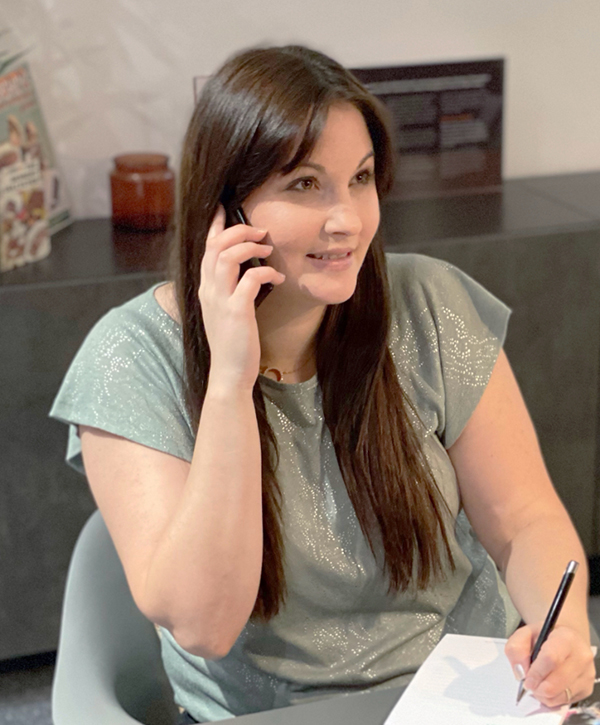
Sarah heads up our creative department and has developed our creative offering since our launch in 2007. During that time she has had wide exposure to all areas of the business, such as digital, web, operations and client support, so is a solid and reliable all rounder, involved in many aspects of the agency. She […]
Find out more about us


